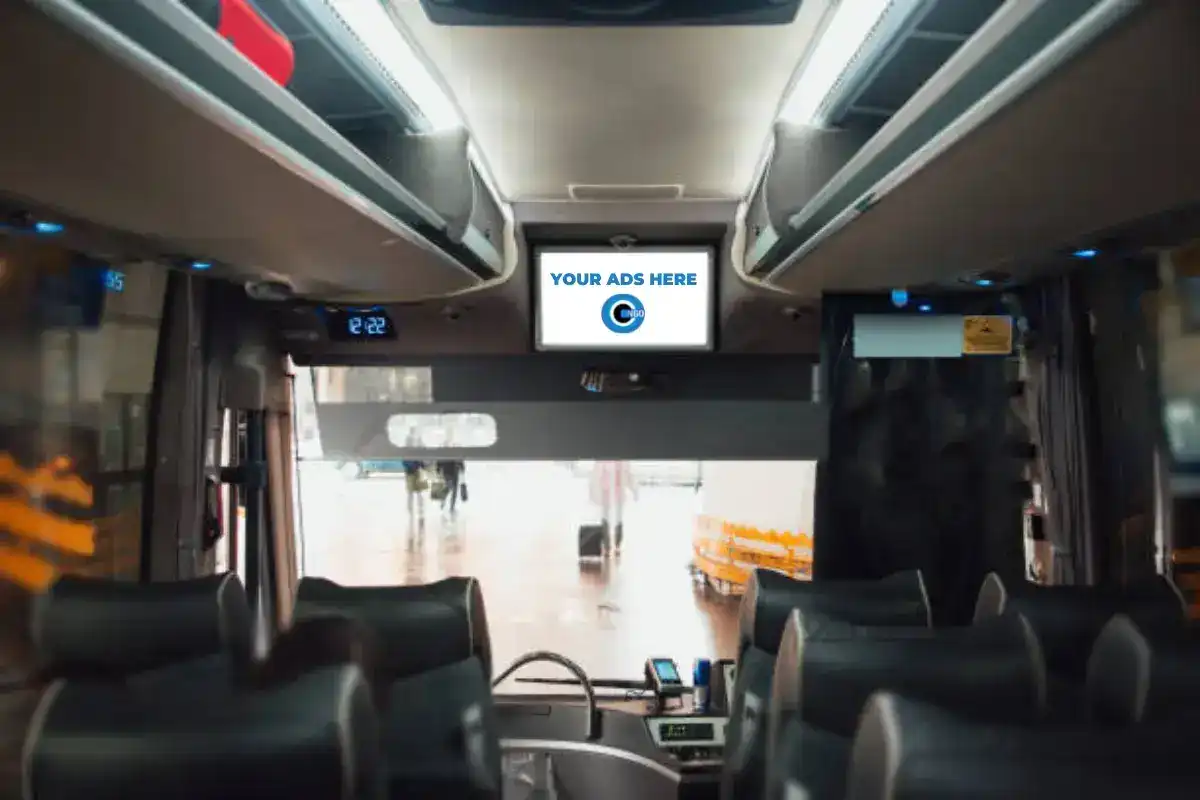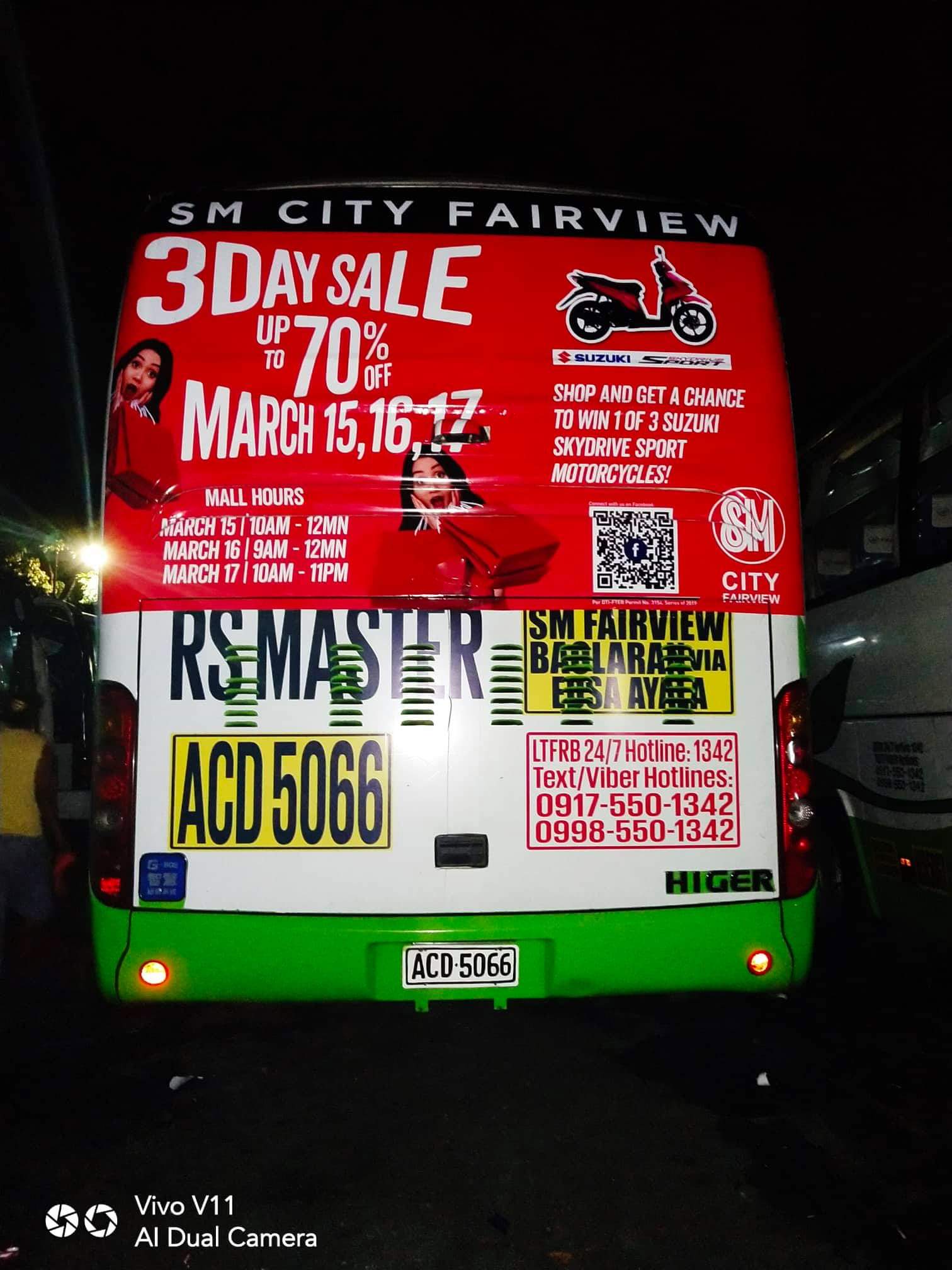A Detailed Evaluation of the Approaches and Techniques for Successful Transit Advertising Campaigns
Transportation advertising and marketing campaigns supply a special opportunity for brand names to engage with varied target markets in vibrant atmospheres. To attain success, it is important to recognize the nuances of target demographics, carry out ingenious style approaches, and pick optimum positioning locations. Furthermore, the efficiency of these projects can be dramatically enhanced by very closely monitoring efficiency metrics and adjusting techniques as necessary. As we explore these important elements, it ends up being clear that the path to an impactful transit advertising strategy is both complex and fulfilling, elevating the inquiry of just how best to navigate these intricacies for optimal brand presence.
Recognizing Target Demographics
Comprehending target demographics is important for the success of transportation marketing campaign (Transit Advertising Philippines). Determining specific audience sectors enables marketers to tailor their messages successfully, ensuring that the web content resonates with the desired audiences. This method boosts involvement and makes the most of return on investment
To efficiently assess target demographics, online marketers must think about numerous key aspects, consisting of age, income line of work, degree, and lifestyle choices. For example, a campaign focused on young specialists may concentrate on convenience and modernity, while one targeting households might highlight security and dependability. Moreover, geographic factors such as city versus country settings can dramatically affect customer habits and choices.
Data collection techniques such as surveys, focus groups, and social media analytics offer useful understandings right into market patterns and customer practices. By leveraging this info, advertisers can craft compelling narratives that straighten with the worths and demands of their target market.
Inevitably, comprehending target demographics not just informs the tactical direction of transit advertising campaigns but additionally makes certain that sources are designated successfully. This targeted technique boosts the probability of accomplishing campaign objectives, fostering brand name commitment, and driving conversions.
Innovative Style Techniques
Reliable interaction with target demographics counts greatly on innovative creative design techniques in transportation ad campaign. To effectively capture interest in a congested visual environment, designers have to prioritize quality and aesthetic influence. Making use of high-contrast components and strong colors can improve visibility, making certain that messages are quickly legible from a distance.
Incorporating dynamic images that resonates with the target audience is crucial. Aesthetic narration techniques can stimulate feelings and create remarkable associations with the brand. In addition, tactical use of typography helps convey vital details swiftly; readable font styles and appropriate dimensions further improve readability.
Integrating interactive components, such as QR codes or increased fact features, can engage commuters beyond passive monitoring (Transit Advertising Philippines). These strategies not just advertise customer communication yet also bridge the space between traditional advertising and marketing and digital engagement
Furthermore, making use of room artistically-- whether on bus covers, transit sanctuaries, or train advertisements-- can lead to ingenious layouts that break the mold of standard advertising and marketing. By welcoming imaginative creative thinking while keeping brand consistency, campaigns can foster a solid link with their audience, ultimately driving both awareness and activity. The assimilation of these layout methods is extremely important for attaining effective transit advertising outcomes.
Strategic Positioning Techniques
Taking full advantage of the impact of transportation advertising and marketing pivots on tactical placement approaches that ensure optimal presence and interaction. Effective placement entails examining high-traffic areas and understanding passenger demographics to identify one of the most useful areas for ad displays. For instance, placing ads near entrances and leaves of transportation lorries can catch the attention of boarding and touching down travelers, thus boosting exposure.
Furthermore, utilizing both interior and outside surface areas of transportation cars can considerably widen reach. these details Outside ads, noticeable during commutes, engage pedestrians and various other chauffeurs, while indoor ads target travelers in a restricted environment. Furthermore, positioning advertisements in transportation centers, such as bus terminals or train stations, permits for increased perceptions as travelers shift in between different settings of transportation.
Timing is additionally important; lining up More hints the campaign launch with peak travel durations optimizes target market involvement - Transit Advertising Philippines. Furthermore, leveraging electronic screens en route environments can assist in vibrant content, boosting and providing real-time updates customer interaction. By employing these strategic placement techniques, marketers can guarantee that their transportation advertising and marketing projects attain optimal visibility, reverberate with the target audience, and ultimately drive preferred results

Measuring Campaign Efficiency
To assess the success of transit advertising campaigns, it is important to employ a range of dimension techniques that provide insights into target market involvement and total performance. One primary approach is making use of vital efficiency signs (KPIs), such as reach, perceptions, and interaction rates, which quantify the number of people saw the ad and communicated with it.
Surveys and focus teams can likewise be important in gauging customer understandings and recall, allowing online marketers to understand the impact of their messaging. In addition, tracking web site traffic and social media engagement throughout and after the campaign helps measure straight responses to the advertising and marketing.
One more reliable method is making use of location-based analytics, which can give data on foot web traffic around particular transit locations, supplying understandings right into whether the campaign successfully recorded the interest of commuters. Additionally, evaluating sales information can expose connections in between transportation advertising and increased earnings, giving substantial proof of a campaign's efficiency.
Study of Success
Recognizing the efficiency of transit marketing campaign via measurement techniques prepares for examining real-world examples that show effective outcomes. One significant instance study includes a nationwide drink brand name that made use of bus wraps in metropolitan locations. The campaign aimed to boost brand name presence and sales during the summertime. By using geo-targeted electronic ads and analytics, the brand gauged a 30% boost in sales in regions where the covers were plainly shown, demonstrating the direct impact of transit marketing.
An additional compelling instance comes from a neighborhood nonprofit company that launched a project on subway systems to promote a community event. The organization combined vivid visuals with QR codes guiding travelers to an enrollment page. Post-campaign Look At This evaluation exposed a 50% increase in occasion attendance contrasted to the previous year. The usage of straight interaction with technology amplified the campaign's reach and performance.

Conclusion
In summary, effective transit advertising campaigns require a detailed method that incorporates an understanding of target demographics, ingenious design strategies, and critical placement. By focusing on emotional interaction through vibrant visuals and maximizing visibility throughout optimal traveling times, brand names can significantly enhance their impact. In addition, ongoing dimension of campaign efficiency via essential efficiency indications and customer feedback makes sure continuous improvement. Jointly, these techniques foster brand presence and take full advantage of the roi in transit advertising efforts.
Comprehending target demographics is important for the success of transportation marketing campaigns.Efficient communication with target demographics depends heavily on innovative imaginative design techniques in transit marketing campaigns. By utilizing these strategic placement approaches, online marketers can make sure that their transit advertising campaigns achieve maximum presence, reverberate with the target audience, and inevitably drive wanted end results.
Understanding the effectiveness of transit advertising and marketing campaigns with dimension techniques lays the groundwork for checking out real-world instances that show successful results.In recap, successful transit marketing projects necessitate a thorough method that integrates an understanding of target demographics, innovative layout methods, and tactical positioning.